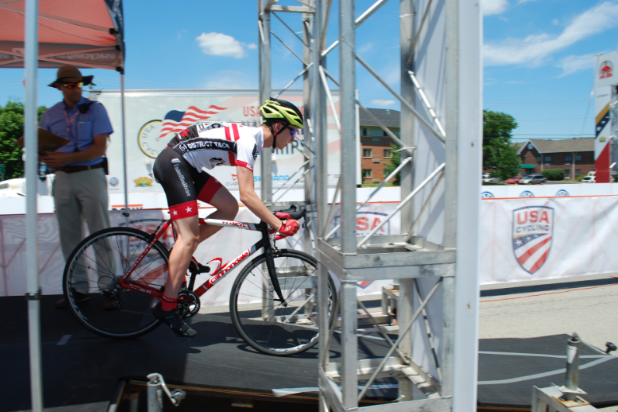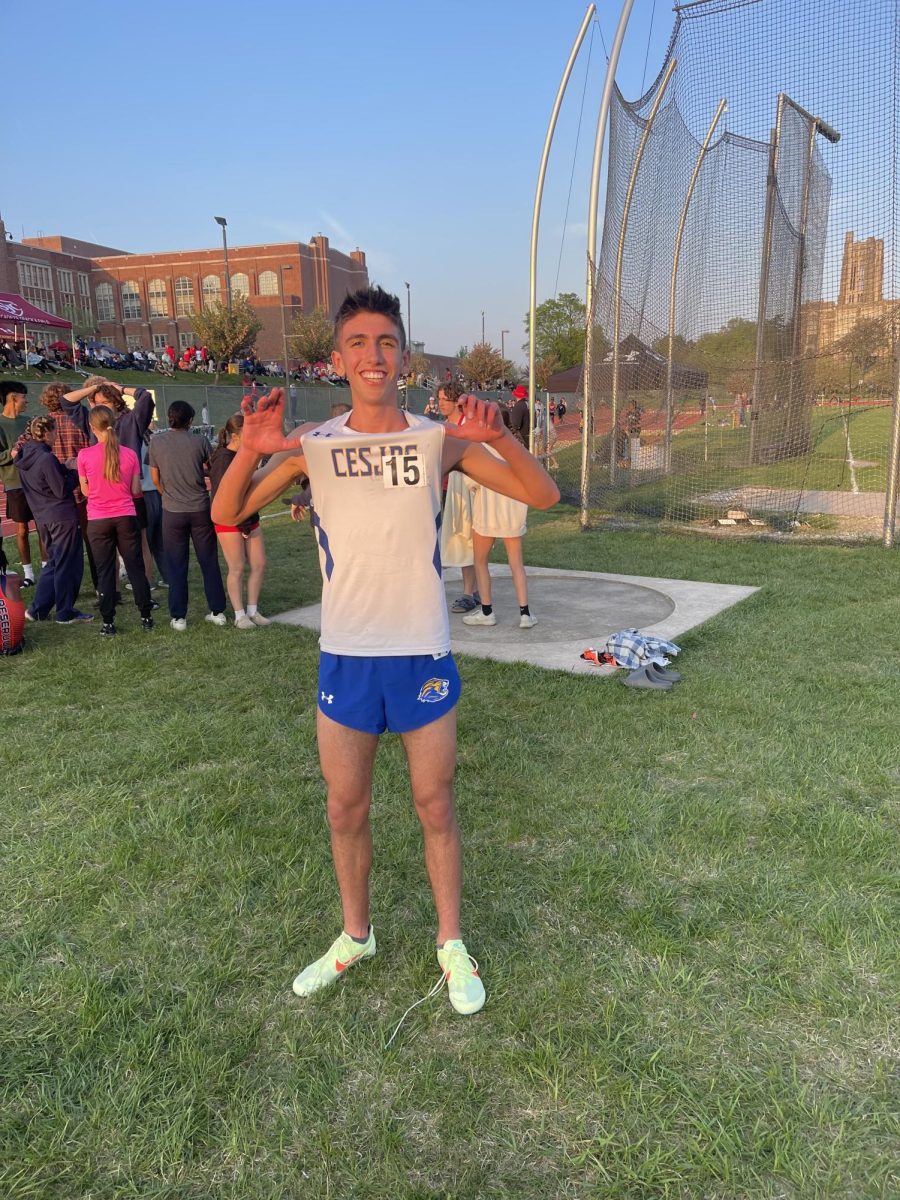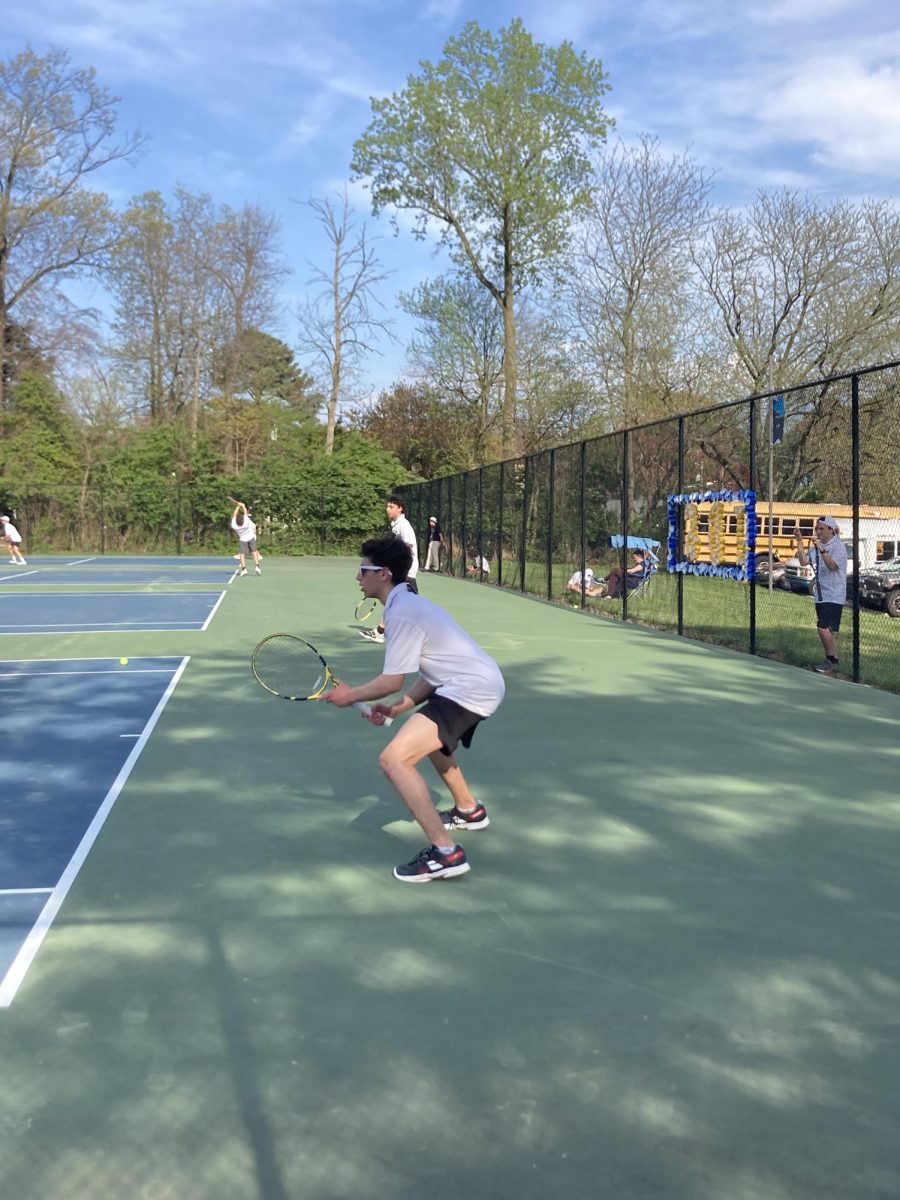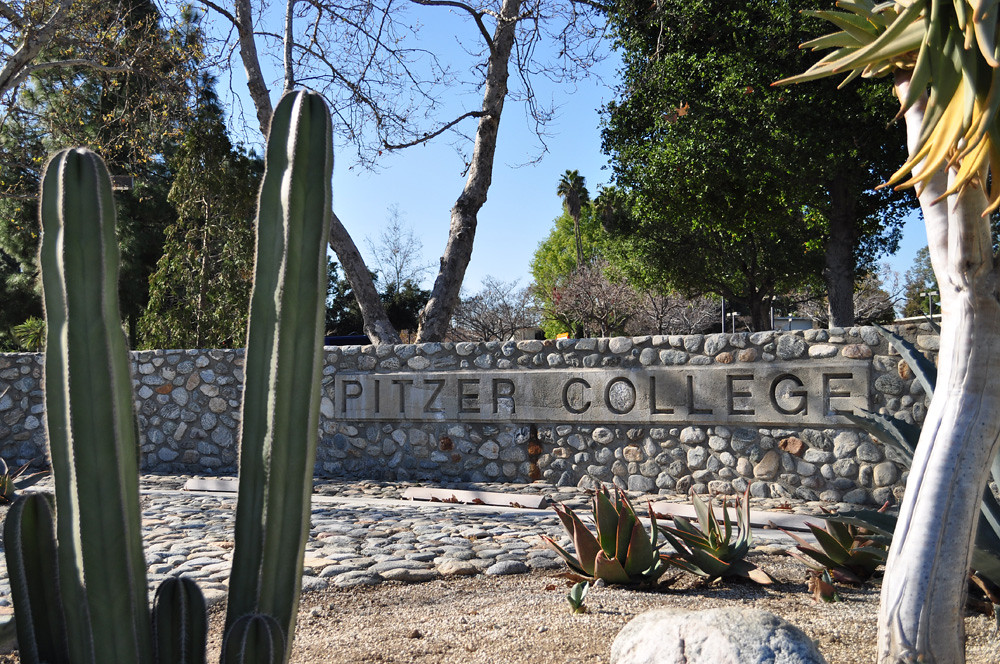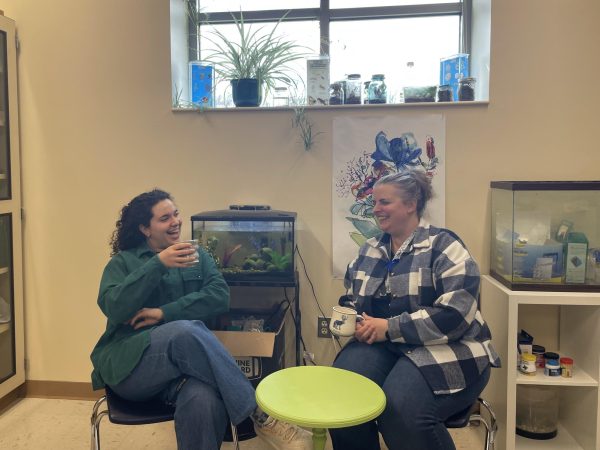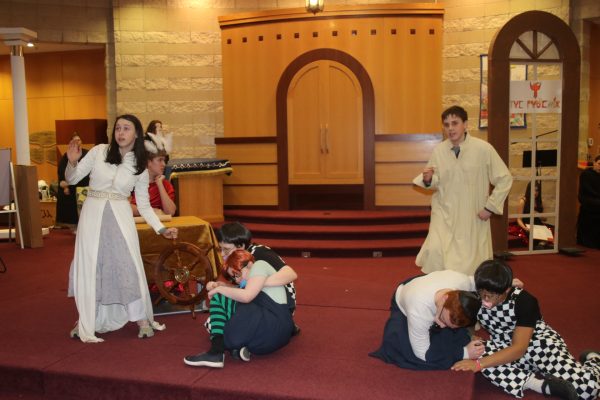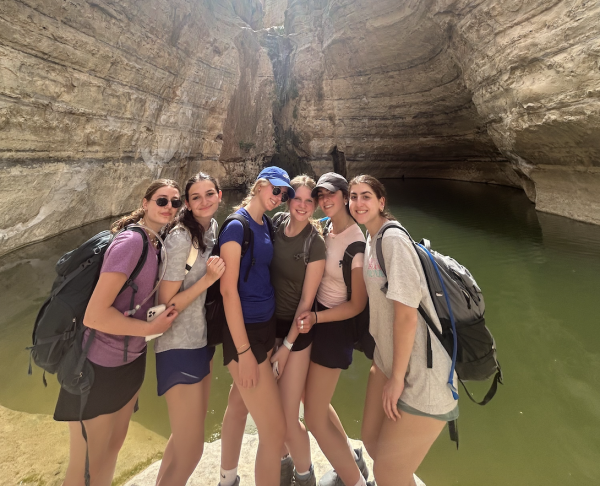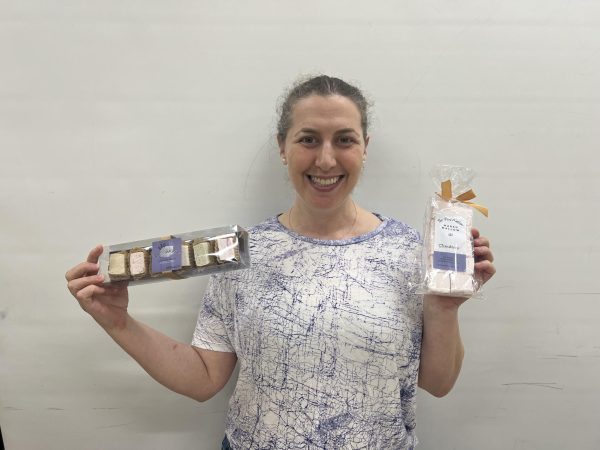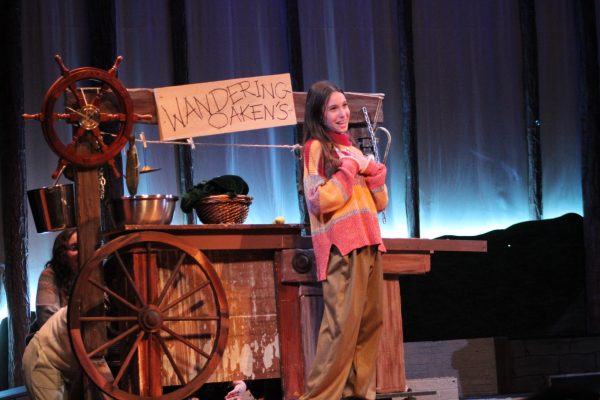Need for speed
Freshman cyclist pedals along his own path
photo provided by Sam Goldberg
Freshman Sam Goldberg launches off the ramp at the Cycling Road Amatuer National Championships Time Trial.
November 28, 2016
While some students board the bus or search for their car to get home after school, freshman Sam Goldberg straps his helmet on his head as he prepares to mount his bicycle. About once a week, Sam rides almost 30 miles from the Upper School to his house in Fairfax, Va.
Like many kids, Sam did not start cycling without training wheels until he was six years old. Although cycling began as a right of passage, it turned into a competitive sport for Sam.
“It sounds kind of cheesy, but I love the need for speed,” Sam said.
When Sam was nine years old, his father, alum Eliot Goldberg (‘87), entered him son into a youth cycling competition. Even though it was Sam’s first organized race, he placed third.
After his first competition, Sam asked his father if he could join a racing team. Eliot agreed to sign Sam up, and said that “the rest is history.”
Each cycling competition is divided by age group, such as the 14-15 age group in which Sam competes.
Cyclists are also ranked in catigories by racing ability. For junior riders like Sam, the lowest category is Category 5, and as the number decreases, the cyclist’s level increases. Although Sam is a junior cyclist, he is currently in Category 4. In order to move out of a category, the cyclist must win a certain percentage of their races.
“It’s quite difficult to move up out of each category,” Sam’s trainer, Kirby Newman, said. “Only the really dedicated and gifted athletes can really excel in this sport, but I think Samuel is one of those athletes.”
Throughout Sam’s cycling endeavors, which include training, practice and competitions, Eliot has noticed that Sam has learned many lessons about hard work. Sam’s training includes pedalling on a stationary bicycle at different wattages, the measure of how much power goes into each pedal. Sam either trains in intervals where he changes between easy and hard wattages, or rides at one wattage level for a long time.
“I enjoy watching [Sam] understand what it means … that if he’s investing a lot of time and effort in training, eating right and sleeping right, it’s going to pay off,” Eliot said.
In addition to participating in races, Sam also rides for fun. Some of these enjoyable rides have been completed with his father, such as the trail along the C&O Canal.
One memorable ride for Sam was when at age 12, he rode the 184-mile towpath that runs up and down the C&O Canal. On the first day of the trip, Sam and his father completed about 84 miles, and stayed overnight at a bed-and-breakfast. The next day, they completed the last 100 miles.
While Sam’s ride down the C&O Canal was for pleasure, he also focuses on technique and riding abilities in his training with Newman. The trainer knows what Sam’s strengths are and works with him to improve other aspects of his cycling such as pedal technique and handling skills.
“He is also a very good climber,” Newman said. “He has a very good strength-to-weight ratio, and that gives him a lot more power. He’s been doing pretty well.”
Although cycling is a competitive sport, Sam said he loves doing it and that it is a very important factor in his life. To Sam, cycling is not just exercise, but is also a fun sport in which he aspires to improve.
“I plan to keep bike racing as long as I can enjoy doing it,” Sam said. “As long as I do, I will continue to try to improve as much as I can over the next few years. I still don’t know where I’ll end up after that, but I do hope that bike racing will still be a big part of my life.”


